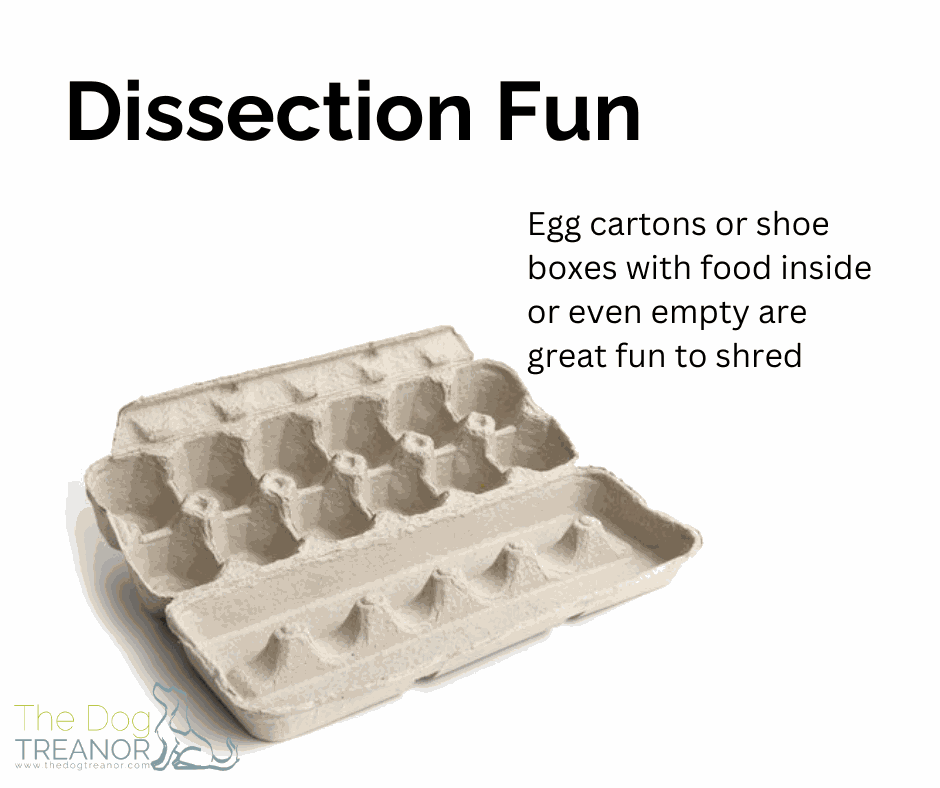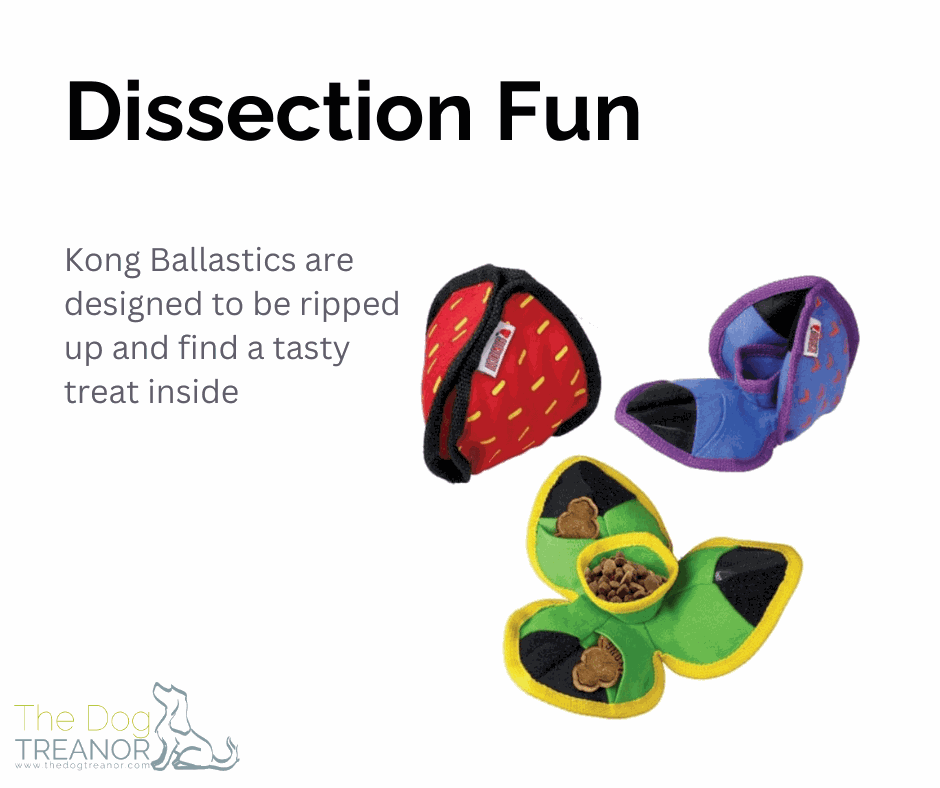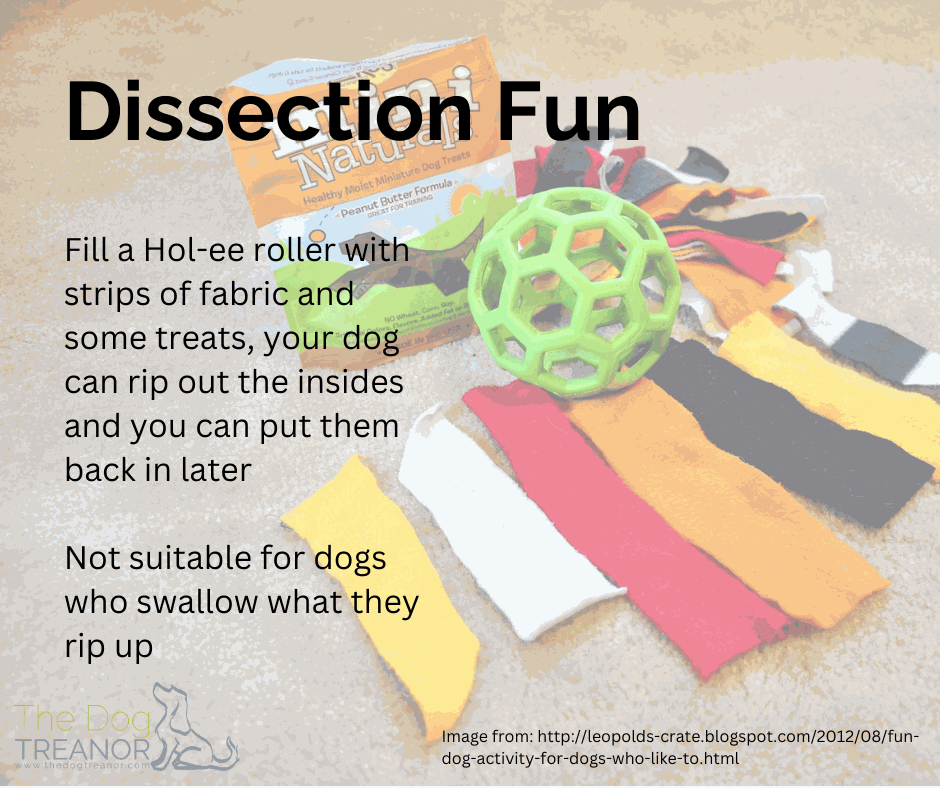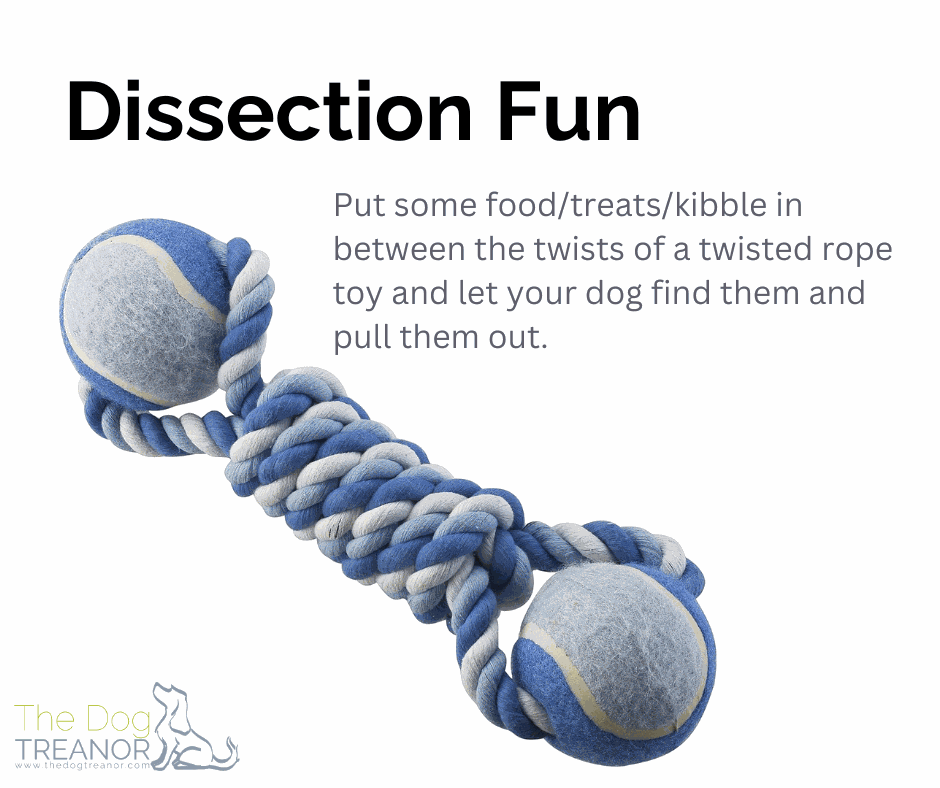Mental Stimulation
Satiation & happy tired dogs
The more you challenge your dog's brain, the better their bond with you, their communication skills and their overall mental health.
Mentally stimulating your dog is the best way to start to deal with problem behaviours, to build a relationship with your puppy or new rescue dog, to elevate your communication skills and to generally make a happier dog (and hence happier family). Different dogs enjoy different things, just because your neighbour's Labrador loves to play fetch doesn't mean your Bichon will too. It is very important to get to know what your dog enjoys and learn to incorporate that into your play, chill time and/or training time together.
Dogs, and all other animals, use motor patterns to perform various sequences of behaviours to accomplish various tasks. This might be a set of behaviours to go from finding prey to catching and eating it, it could be the pattern to go from having new puppies to going and finding a lost puppy, or even for finding a mate. A bunch of behaviours go together to help efficiently achieve that goal. Predators follow various sequences to go from locating prey to catching and eating it, this is called the predatory motor sequence. Now dogs are so far removed from genuine predators that they typically use some of these motor patterns completely out of order as games and play. We will go into this in more depth in another article. However, this gives us a great starting point to better understand what our dogs might like to do as a dog, as a specific breed, and as an individual. Remember not all dogs read their breed standard and may decide that they would rather enjoy what the Lhasa Apsos are doing instead of their fellow collies.
This sequence, broken down is: Orient/Search; Eye/Spot it; Stalk; Chase; Grab bite; Kill bite; Dissect; Consume. We're going to look at lots of different games that we can play together with your dog to satisfy any elements of this sequence that they enjoy. We'll take them out of order and look at the ones most dogs enjoy first and gradually get more specialised as we go through.
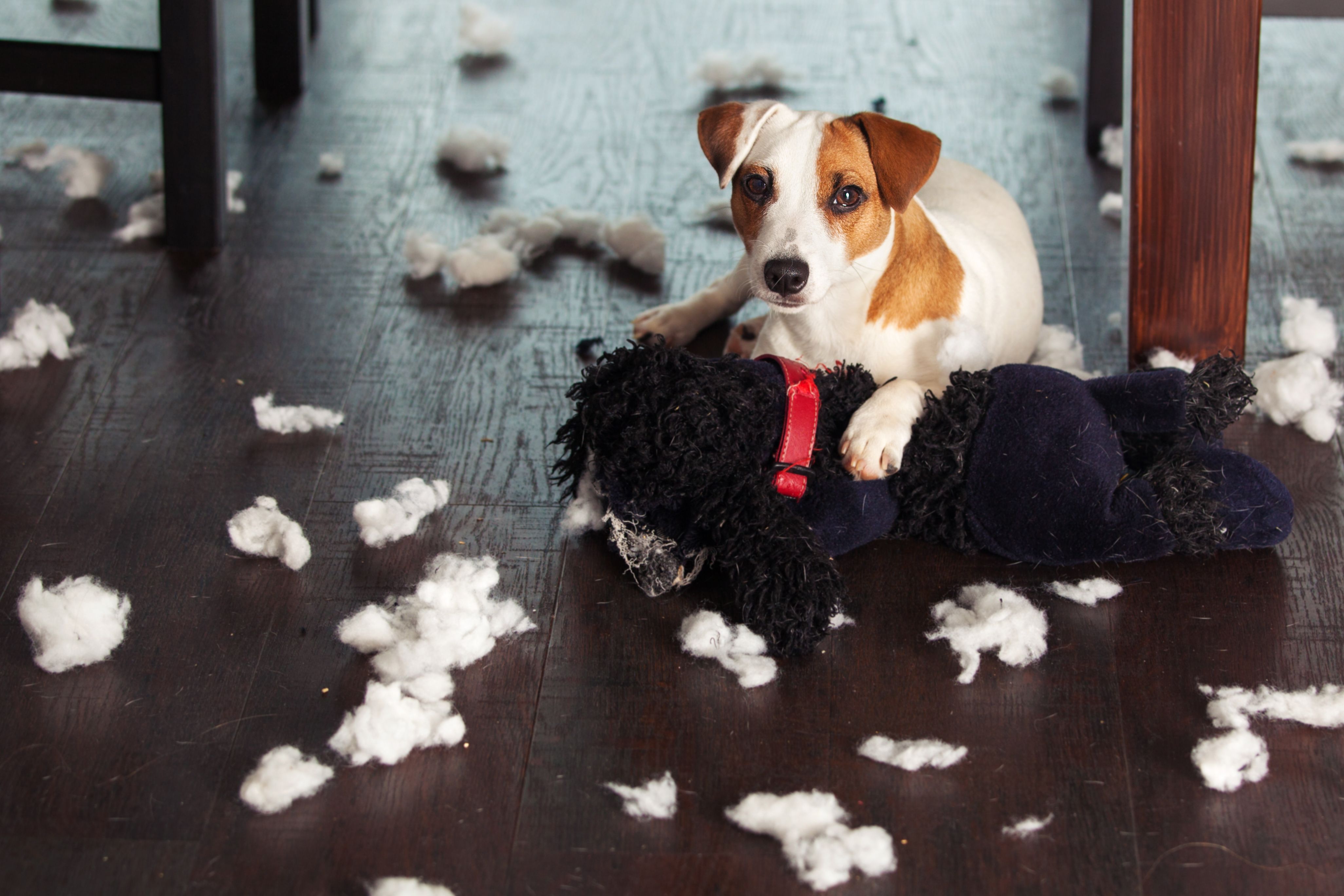
If your dog loves to kill their toys and you end up with teddy guts everywhere, chances are your dog loves to dissect things. This can also show in cases where your dog loves to rip up old socks or other clothes or fabric when they can get a hold of it. Sometimes dogs who chew furniture and other household objects can be really helped with adding an element of dissection play to their repertoire.
Dissection is a great way to relieve stress and frustration and to settle down to a task.
If your dog is good at destroying things, don't try to think of how to get them to stop, rather, look at how you can give them an outlet to destroy allowed things safely.
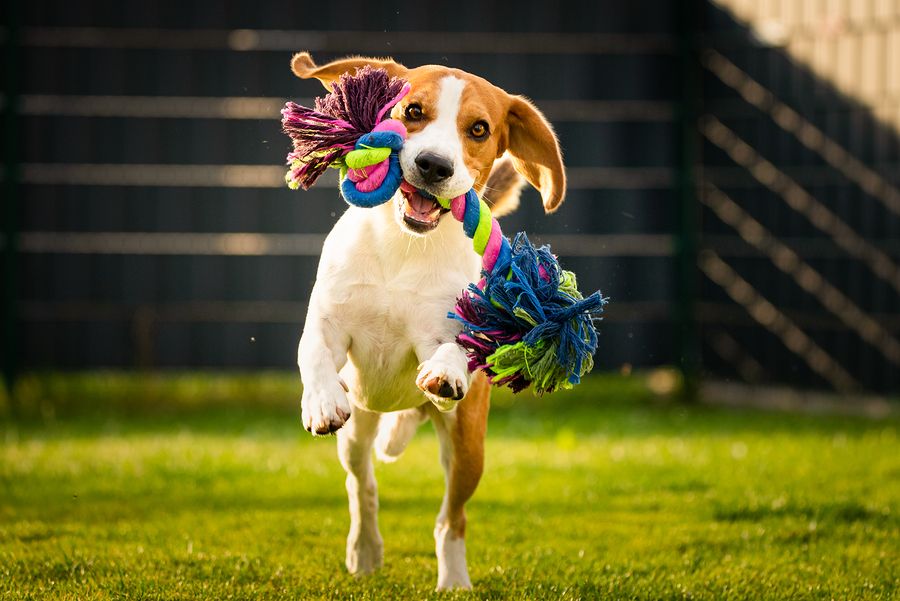
Some dogs love nothing more than a good game of chase. Whether it is after a ball, a floating feather/leaf or the kids, chasing gets the adrenaline pumping for a lot of dogs. Not all dogs love it though. Sometimes the fun thing is to be chased not just to do the chasing.
This is also something we need to look at for dogs who are prone to robbing things. The fun part about robbing things is the game of 'keep away' they get to play as we desperately scramble after them to recover our favourite glasses or the kids' socks.
Things get a little more dangerous again if they then learn to rob things to get attention or swallow them to stop you from getting them back.
For any dog, who loves to play chasing, firstly, the thing they get to chase should be thrown low to the ground to minimise the potential impact damage to hind limbs from jumping up and landing on their back legs, and secondly, it is imperative to teach a good fetch or retrieve behaviour so that if your dog does rob something, you can get it back safely from them without worry of swallowing or destroying it.
If your dog is prone to resource guard items, then please get in touch for specific help on this.

